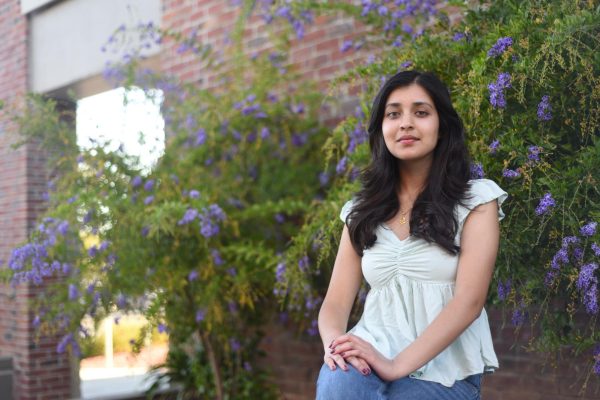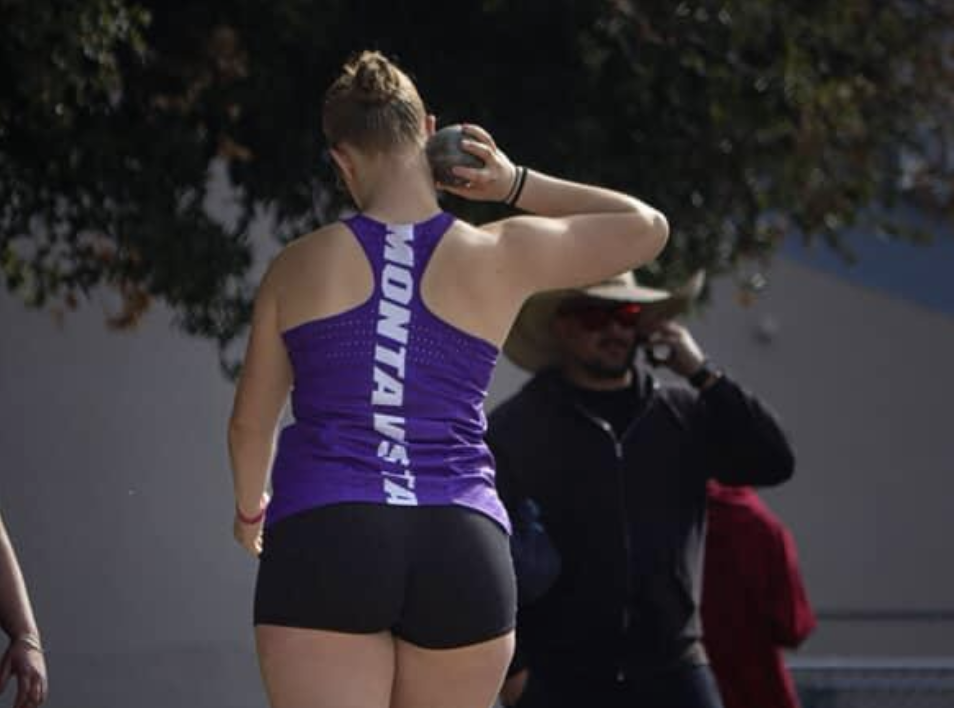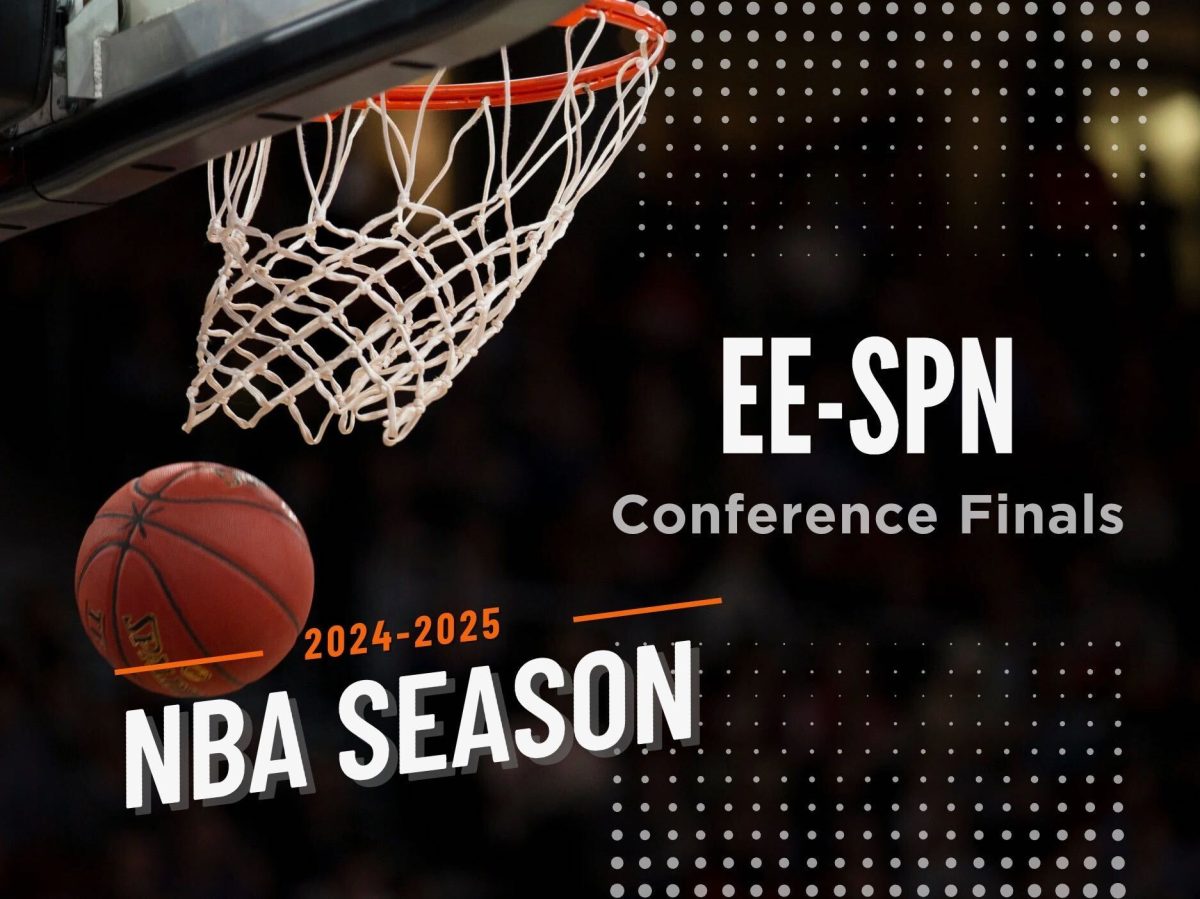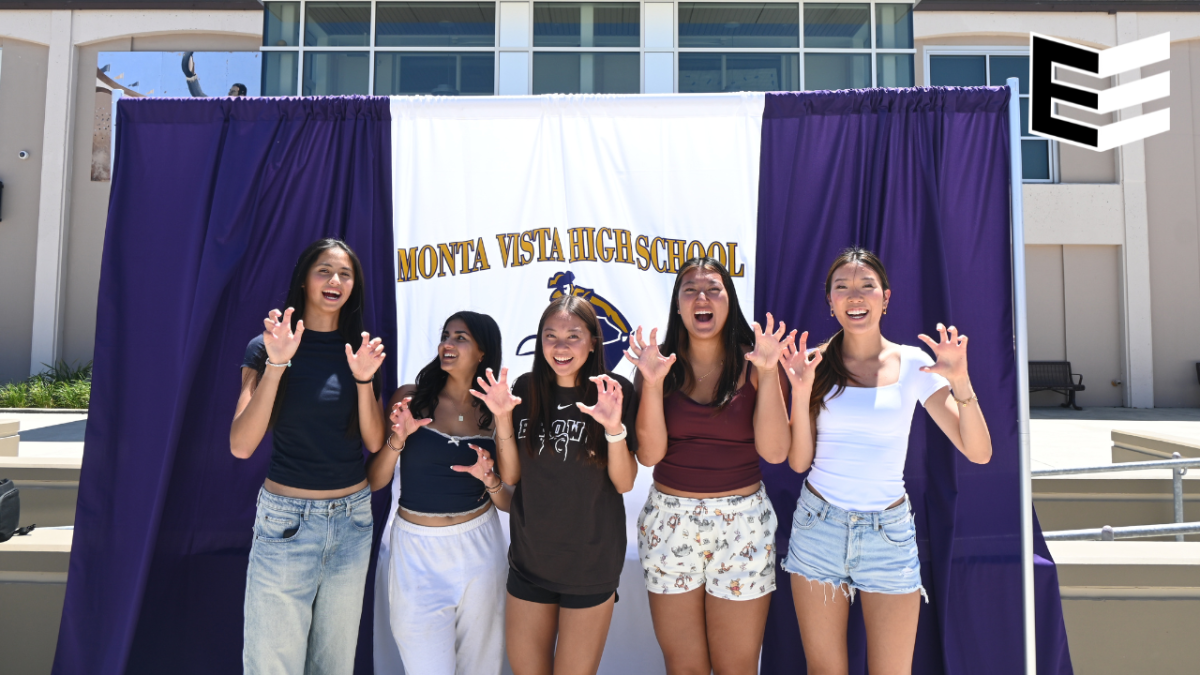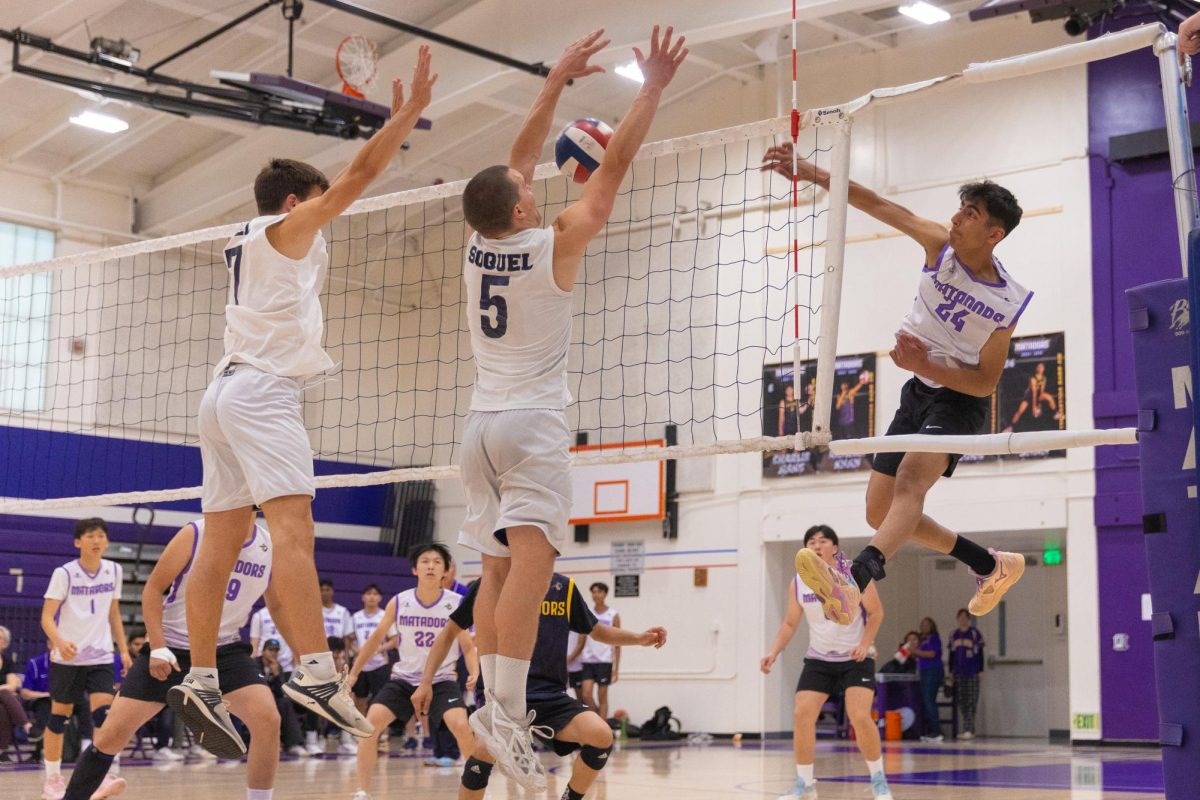In the late ‘90s at the international school Canadian Academy in Kobe, Japan, high school sports weren’t quite the center-stage spectacle seen in American teen movies, according to 2000 Canadian Academy alum and Journalism adviser Julia Satterthwaite. She believes that sports in her high school offered companionship and competition without the stereotypical popularity that comes with being an athlete.
“When I was in Japan, there were a lot of people who were really passionate about baseball, and so our softball season or baseball season got more focus,” Satterthwaite said. “We didn’t even have a football team. We had all the other sports, but they just weren’t as popular a sport in Japan. Sports culture wasn’t like the American movies in some ways, where athletes are popular.”
Biology teacher and MVHS ‘97 alum, Pooya Hajjarian, had a different experience with high school sports — he felt that his soccer team lacked a sense of community and support. Though he had a passion for soccer, Hajjarian recalls feeling that the environment was more exclusive than inclusive.
“I don’t remember it being an environment where I necessarily loved being there,” Hajjarian said. “It was not all that collaborative. You had to be really good to be accepted into whatever kind of clique there was. I do remember that I loved it because I loved soccer, but I didn’t necessarily love playing with the team. I didn’t necessarily have a close connection with the coach either.”
Years later, he returned as the coach for the same team and was determined to build a community that he once felt excluded from. Drawing from his own experiences, he says that during his time as coach, he aimed to create a more inclusive and supportive culture for his players.
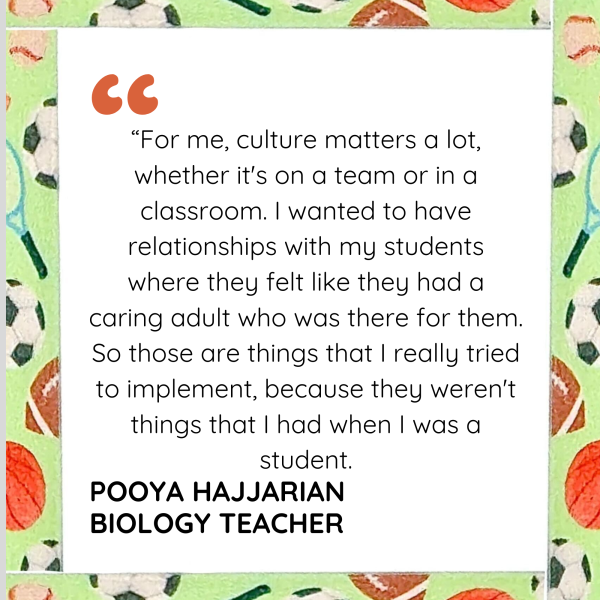 “For me, culture matters a lot, whether it’s on a team or in a classroom,” Hajjarian said. “I wanted to have relationships with my students where they felt like they had a caring adult who was there for them. So those are things that I really tried to implement, because they weren’t things that I had when I was a student. When I was coaching, I demanded that we be collaborative. I demanded that they get to know each other.”
“For me, culture matters a lot, whether it’s on a team or in a classroom,” Hajjarian said. “I wanted to have relationships with my students where they felt like they had a caring adult who was there for them. So those are things that I really tried to implement, because they weren’t things that I had when I was a student. When I was coaching, I demanded that we be collaborative. I demanded that they get to know each other.”
Guidance counselor and MVHS ‘09 alum Ashley Voigt also believes that sports culture at MVHS now is different from her time in high school. She believes that back then sports had more enthusiasm and support from both student athletes and the overall student body, while now she sees a decline in participation and spirit surrounding athletics.
“I played softball and field hockey all four years, and for me it felt pretty competitive,” Voigt said. “We had full teams for both varsity and junior varsity, for both field hockey and softball, and there were cuts, so tryouts were very competitive. Now it’s maybe not as competitive or maybe not as sought after, or not as much interest.”
Voigt has noticed that fewer students try out for most MVHS sports, and teams like field hockey have transitioned to no-cut policies due to the decline in popularity. According to her, even football, which once had a wide audience, seems to have declined in spirit.
“We had to play at Cupertino High School as our home field, which was kind of weird,” Voigt said. “But even then, like a lot of Monta Vista students, I would travel to Cupertino High School to watch home games for our football team. There was a lot more student interest back then.”
Satterthwaite believes that this decline in interest in sports in high schools could be due to the awareness in the Bay Area of the dangers of them. She says that parents and students here do more research about dangerous sports, such as football, and decide to opt out of it.
“The Bay Area, for good reason, is anti-football in some ways, as it is potentially damaging to the students’ brains,” Satterthwaite said. “But I do think the culture of football is alive and well in many states around the country. And I think it comes down to research that tells us that tackle football is not a safe sport in general. So I think there’s some awareness about what happens to the body of a young boy as they’re participating in football. And I think many people in this area are more tuned to that research, and are interested in preserving the mental and physical well-being of their kids, myself included.”
While counseling, Voigt sees how high school students nowadays have shifted priorities towards a broader range of extracurriculars and academic responsibilities, which often forces them to choose academics over sports. This, in turn, she believes has contributed to the decreased interest in sports, as students struggle to juggle multiple commitments.
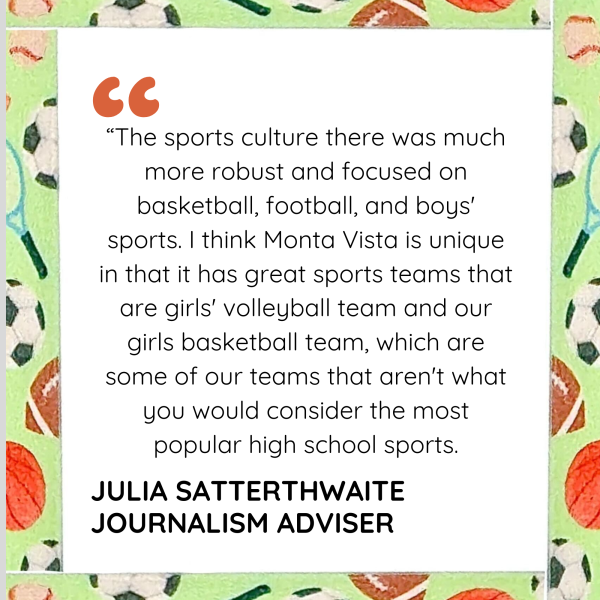 “Being a student athlete, no matter if it was back then or now, is a huge time commitment,” Voigt said. “I actually imagine it might be a little bit more difficult now to balance, because students, from what I hear as a counselor, are also involved in many other things. Whereas in my experience as a student athlete, it was school and sports that were my life during that time, and I didn’t have much more outside of that. And so I think some of our students do spread themselves a little bit thin and maybe can’t put in their full effort into a sport or any of their other activities because they’re doing too much sometimes.”
“Being a student athlete, no matter if it was back then or now, is a huge time commitment,” Voigt said. “I actually imagine it might be a little bit more difficult now to balance, because students, from what I hear as a counselor, are also involved in many other things. Whereas in my experience as a student athlete, it was school and sports that were my life during that time, and I didn’t have much more outside of that. And so I think some of our students do spread themselves a little bit thin and maybe can’t put in their full effort into a sport or any of their other activities because they’re doing too much sometimes.”
Satterthwaite believes this shift in high school sports culture is not a trend across all high schools. Reflecting on her 11 years teaching at Rochester High School in Michigan, she observes a much more traditional approach to athletics than MVHS has.
“The sports culture there was much more robust and focused on basketball, football, and boys’ sports,” Satterthwaite said. “I think Monta Vista is unique in that it has great sports teams that are girls’ volleyball team and our girls basketball team, which are some of our teams that aren’t what you would consider the most popular high school sports. However, they are the ones excelling in terms of the competition.”





